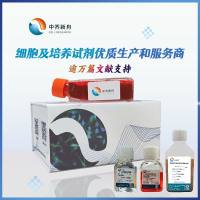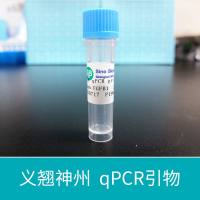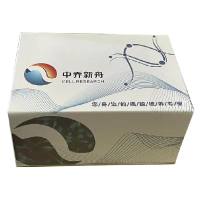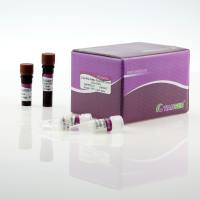Primer amount in PCR
互联网
|
Absolute value of primer concentration in multiplex PCR . The amount of DNA primer(s) available during the PCR reaction influences the results. Primer concentration taken in a common PCR reaction (for example when amplifying a single locus) is about 100-500 nM each primer. (Primers can be purchased from various sources at concentrations between 10-25 mM each. Usually, 0.5-1ml primer solution is sufficient for a 25-100 ml PCR reaction) In a multiplex PCR test using equimolar primer mixtures (Fig. 13), individual primer concentrations were varied between 500 and 15 nM each primer. Given that mixture A used 14 primers (7 loci) and mixture B 10 primers (5 loci), the final primer concentration varied between 7000 and 200 nM (mixture A) and between 5000 and 150 nM (mixture B). Although equimolar primer mixtures did not usually provide optimal amplification of all loci, this test allowed the observation that too high and too low primer amounts may need to be avoided .Too high primer concentrations may inhibit the multiplex reaction whereas too low amounts may not be sufficient.
|
|
|
|
Fig. 13. Multiplex PCR with mixtures A and B (see also Fig. 1). Numerical values indicate the concentration of each primer in the final reaction. Mixture A includes 14 primers and mixture B includes 10. Reactions work best at around 200 nM (each primer) in mixture A and 60 nM (each primer) in mixture B. |
|
Primer and template concentrations. Within limits, increasing primer concentration may improve the outcome of the PCR reaction, and should be considered as a way to optimize PCR reactions. This is exemplified in Fig. 14 below, in which increasing primer and template DNA concentrations, both improve the results.
|
|
|
|
Fig. 14. PCR with various concentrations of genomic DNA template and various concentrations of a degenerate primer. At each primer concentration, reaction improves with increasing amount of template. Reaction also improves with increasing amount of primer. DNA contamination is visible in the "no-DNA" reaction at 500 nM primer concentration . (for comparison, the amount of DNA in a diploid human cell is about 6.6 pg) |
上一篇:PCR buffers 下一篇:Multiplexing primer pairs









